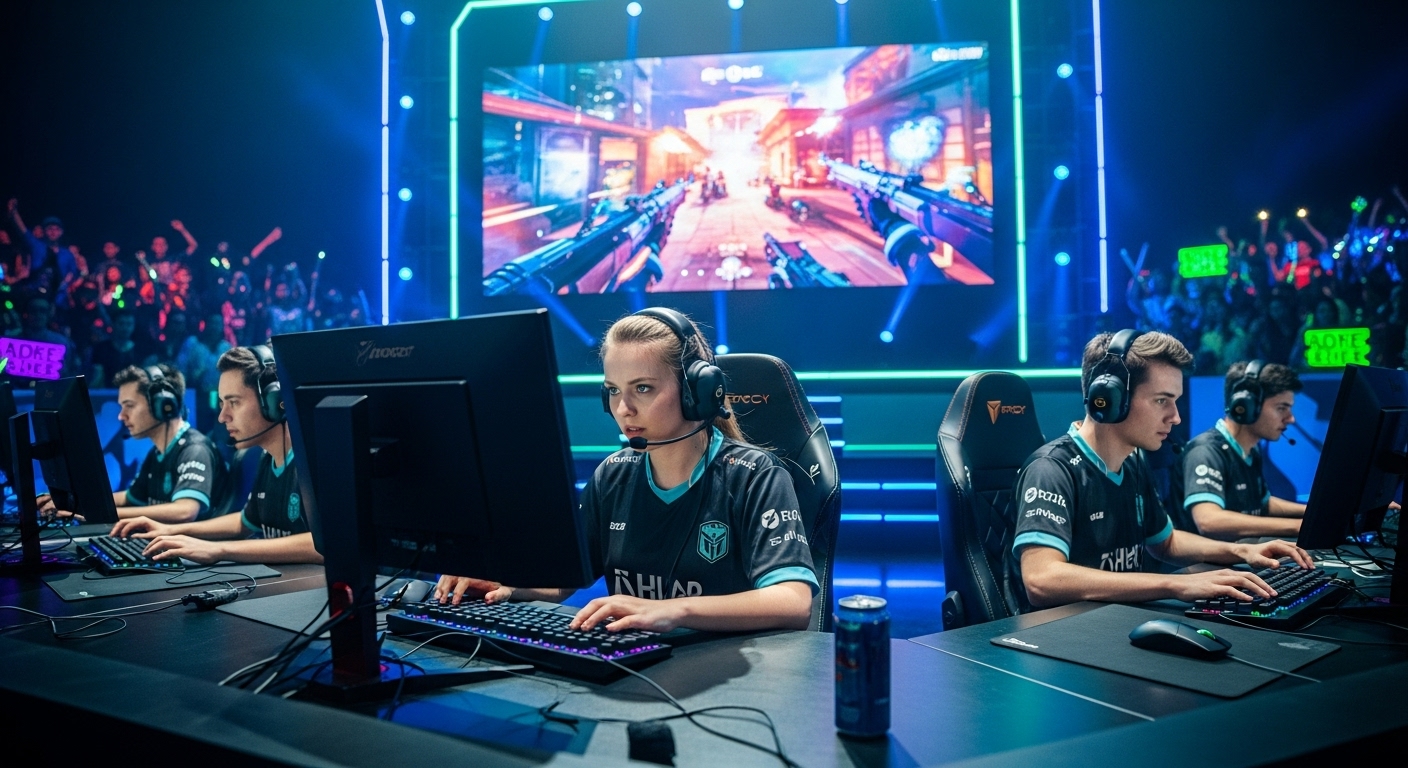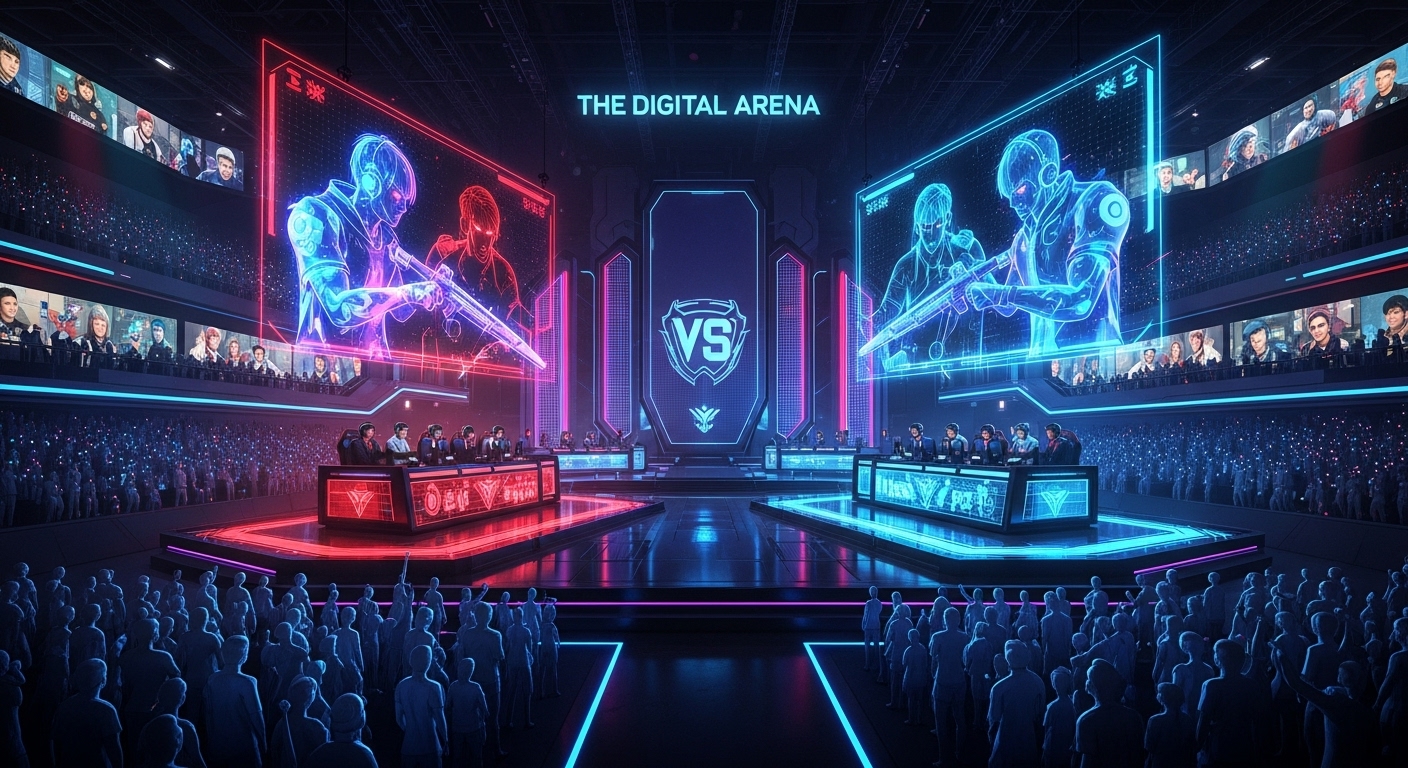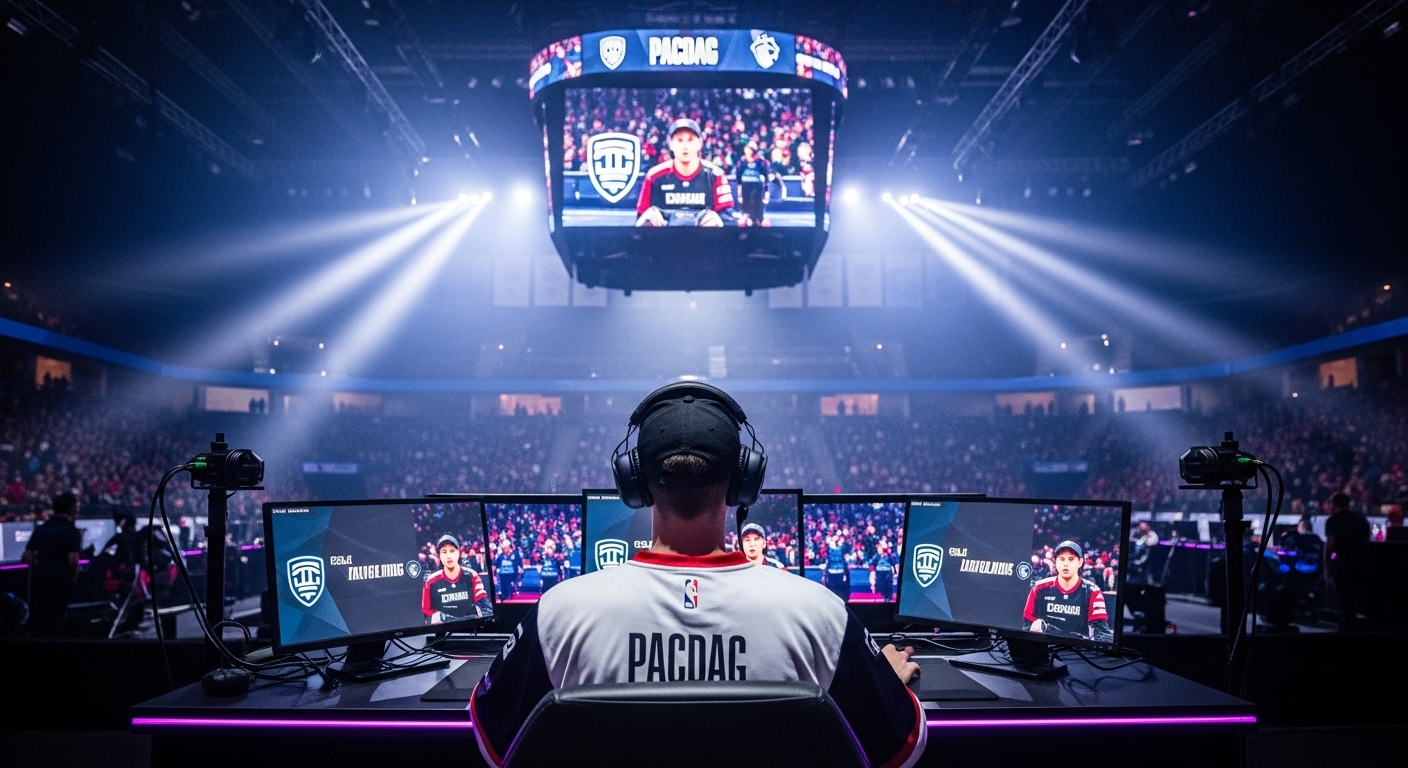Since its release in 2019, Apex Legends has quickly become a force to be reckoned with in the world of esports. Developed by Respawn Entertainment and set in the Titanfall universe, the game introduced a fresh take on the battle royale genre, combining fast-paced action, unique characters, and team-based gameplay. As a result, Apex Legends has not only captured the hearts of millions of players worldwide but has also established a strong foothold in the competitive gaming scene.
The game’s unique blend of tactical depth, intense combat, and its ever-evolving world have made it a favorite for both casual players and esports professionals. But what does the future of Apex Legends esports look like, and how is the competitive scene evolving? In this post, we’ll dive deep into the growth of Apex Legends esports, its current state, and where it’s headed in the coming years.
1. The Rise of Apex Legends in Esports
When Apex Legends launched in February 2019, it made an immediate impact on the gaming community. The game introduced legendary characters (or “Legends”) with unique abilities, which set it apart from other battle royales like Fortnite and PUBG. This addition of hero-based gameplay, akin to titles like Overwatch and Rainbow Six Siege, allowed players to strategize around characters’ special skills and team compositions, adding a layer of depth that resonated with both casual players and the competitive scene.
As the game gained popularity, it didn’t take long for the esports ecosystem to take notice. Within months, Apex Legends had its first major tournament, Apex Legends Global Series (ALGS), which quickly became a benchmark for competitive play. The global series, featuring prize pools worth millions of dollars, brought together top players from around the world to compete for glory and cash prizes.
Why It Became Popular in Esports
Apex Legends’ rapid rise in esports can be attributed to several key factors:
- Fast-Paced Gameplay: The quick respawn mechanics, smooth gunplay, and high mobility make it a thrilling spectator sport.
- Strategic Depth: The unique abilities of the Legends provide a tactical edge that influences team compositions and strategies.
- Accessibility: The game is free-to-play, allowing it to reach a broad audience, while its battle royale format makes it easy for new players to jump in and learn.
As a result, Apex Legends quickly built a loyal fanbase and established itself as one of the leading battle royale titles in the esports landscape.
2. The Structure of Apex Legends Esports
Apex Legends esports has evolved rapidly since its inception. The game’s official competitive ecosystem is primarily organized under the Apex Legends Global Series (ALGS), which features multiple regional qualifiers, tournaments, and championship events. These events bring together the best teams and players to compete at the highest level.
Apex Legends Global Series
The Apex Legends Global Series serves as the cornerstone of competitive play in the game. The series has grown year after year, with tournaments held across different regions including North America, Europe, Asia-Pacific, and Latin America. The ALGS season typically features several qualifying events, culminating in an International Championship where the best teams from each region face off for a substantial prize pool.
One of the standout features of the ALGS is its emphasis on teamwork. Unlike many other battle royale games, Apex Legends is designed for teams of three, meaning the strategy often revolves around team composition, synergy, and coordination. This unique structure not only makes the game more exciting to watch but also rewards well-coordinated teams with a higher chance of success.
Prize Pools and Sponsorships
As the competitive scene has grown, so has the prize pool for major tournaments. For instance, the ALGS Championship offers millions of dollars in prizes, attracting top-tier teams from around the world. The growth of sponsorships from major brands like Twitch, NVIDIA, and Mountain Dew has further fueled the financial backing of Apex Legends esports, ensuring that the scene continues to develop and expand.
The esports scene is also seeing a significant increase in viewership, with thousands of fans tuning in to watch live events. This increased attention has opened the doors for more sponsorship deals, media partnerships, and global exposure, further cementing the title’s position as a leading esports title.
3. The Role of Legends and Meta Shifts in Competitive Play
One of the most fascinating aspects of Apex Legends esports is the dynamic meta that evolves over time. The game’s roster of Legends—each with their own abilities—adds a layer of complexity to competitive play, requiring teams to adjust their strategies based on the current strengths and weaknesses of specific characters.
Meta Evolution
The meta in any game refers to the optimal strategies and character choices used by competitive players. In Apex Legends, this meta is often in constant flux as the developers at Respawn regularly release balance updates, tweaking characters’ abilities, weapons, and game mechanics. This constant shift keeps the gameplay fresh and forces teams to adapt quickly.
For example, Wraith, with her teleportation abilities, and Gibraltar, with his powerful defensive shield, have historically been dominant in competitive play. However, with each new patch, the balance between these characters and others like Bloodhound, Pathfinder, and Octane shifts, altering team compositions and strategies.
Impact on Strategy
These meta shifts have a profound impact on the strategies used by top-tier teams. A team that excels in one tournament may struggle in the next if the meta has changed significantly. Understanding the latest patch notes and being able to adapt to these changes is crucial for teams to maintain a competitive edge. The constant evolution of the meta is one of the key reasons why Apex Legends esports remains exciting to follow, as the best teams must constantly innovate and adjust their playstyles.
4. The Rise of Streaming and Community Engagement
The role of streaming platforms like Twitch and YouTube has been pivotal in the rise of Apex Legends esports. Competitive gaming is not just about playing the game but also about building a community around it. Streamers, content creators, and pro players have been instrumental in popularizing the game, drawing new players into the competitive ecosystem.
Pro Players and Content Creators
Pro players and content creators often serve as ambassadors for the game, building large followings on streaming platforms and engaging with fans through social media. Their insight into the game, combined with their skill and personality, has helped elevate Apex Legends to the status of a top-tier esport.
Additionally, the community plays an important role in driving the success of the game. From fan-made content to tournaments hosted by independent organizations, the Apex Legends community is highly active, supporting and promoting the game in various ways. This close-knit fanbase contributes to the longevity and relevance of the competitive scene.
5. The Future of Apex Legends Esports
Looking ahead, the future of Apex Legends esports appears bright. The game continues to attract attention, both from competitive players and casual fans. As technology advances and new innovations in gaming come to the forefront, there are several key factors that could shape the future of Apex Legends as an esport.
Increased Global Reach
One of the most promising aspects of Apex Legends esports is its potential for global growth. While the game is already popular in regions like North America and Europe, there is still a significant opportunity for expansion in Asia, Latin America, and other untapped regions. With the rise of internet connectivity and gaming infrastructure worldwide, Apex Legends could see more international tournaments and regional leagues, increasing its global footprint.
Mobile Version of Apex Legends
Respawn Entertainment is also exploring the mobile gaming market with the release of Apex Legends Mobile, which brings the battle royale experience to smartphones and tablets. This could open up new opportunities for esports, with mobile versions of the game being integrated into competitive play. A mobile esports scene could offer a whole new level of accessibility and competition for fans and players who prefer gaming on the go.
Integration of New Technology
As the gaming industry evolves, the integration of VR (Virtual Reality) and AR (Augmented Reality) could eventually play a role in the future of Apex Legends esports. Imagine competing in a fully immersive VR battle royale experience or utilizing AR to interact with the environment in real-time. While this is still a few years away, the constant development of new technologies could reshape how competitive Apex Legends is experienced in the future.
Conclusion: The Ongoing Evolution of Apex Legends Esports
From its humble beginnings to its position as a major esports title, Apex Legends has proven that it has the staying power to remain at the forefront of the battle royale genre. The competitive scene continues to grow, fueled by a dynamic meta, passionate players, and a thriving global community.
As the game evolves, so too will the strategies, players, and tournaments, ensuring that Apex Legends esports remains a thrilling spectacle for years to come. Whether you’re a player or a fan, the future of Apex Legends in the world of competitive gaming is looking brighter than ever.



